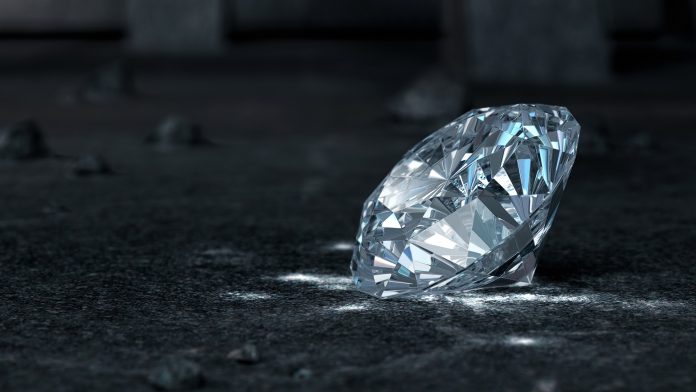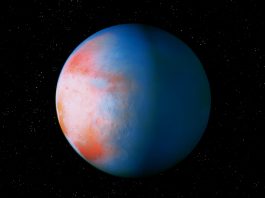An international research team has uncovered the enigmatic source of diamonds from outer space known as lonsdaleite, an extremely rare, hexagonal form of diamond.
The scientists confirmed the existence of lonsdaleite in ureilite meteorites from the mantle of an ancient dwarf planet in our solar system. The team believes the space diamond formed shortly after the dwarf planet impacted a giant asteroid around 4.5 billion years ago.
The investigation, published in Proceedings of the National Academy of Sciences (PNAS), included researchers from Monash University, RMIT University, CSIRO, the Australian Synchrotron and Plymouth University.
Where does lonsdaleite come from?
Lonsdaleite was named after Dame Kathleen Lonsdale, a famous British female crystallographer who was the first ever woman to be elected as a Fellow of the Royal Society.
For their study, the team utilised advanced electron microscopy techniques to obtain solid and intact slices from the meteorites to develop snapshots of how lonsdaleite and regular diamonds formed.
RMIT Professor Dougal McCulloch, one of the senior researchers of the project, commented: “There’s strong evidence that there’s a newly discovered formation process for the lonsdaleite and regular diamond, which is like a supercritical chemical vapour deposition process that has taken place in these space rocks, probably in the dwarf planet shortly after a catastrophic collision. Chemical vapour deposition is one of the ways that people make diamonds in the lab, essentially by growing them in a specialised chamber.
“This study proves categorically that lonsdaleite exists in nature. We have also discovered the largest lonsdaleite crystals known to date that are up to a micron in size – much, much thinner than a human hair.”

The researchers hypothesised that the lonsdaleite in the meteorites formed from a supercritical fluid at high temperature and moderate pressure, which preserved the shape and textures of pre-existing graphite almost perfectly.
Professor Andy Tomkins, the research leader and a geologist at Monash University, said: “Later, lonsdaleite was partially replaced by diamond as the environment cooled and the pressure decreased. Nature has thus provided us with a process to try and replicate in industry.”
Potential uses for the space diamond
The team explained that the hexagonal structure of lonsdaleite’s atoms makes it harder than regular diamonds, which have a cubic structure. Due to this, their robust structure may make them useful for new manufacturing techniques for ultra-hard materials in mining applications.
Professor Tomkins concluded: “We think that lonsdaleite could be used to make tiny, ultra-hard machine parts if we can develop an industrial process that promotes the replacement of pre-shaped graphite parts by lonsdaleite.”









